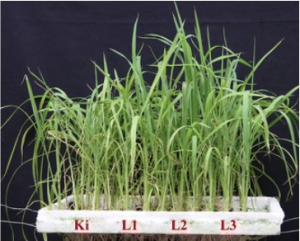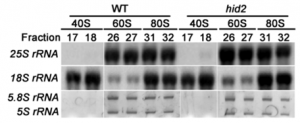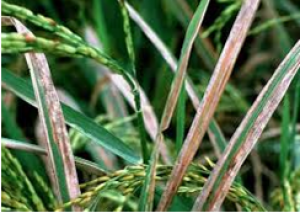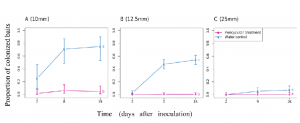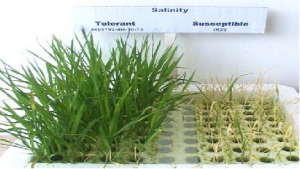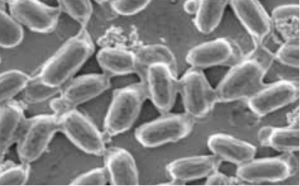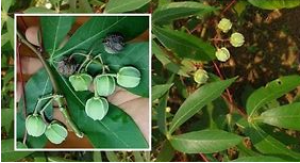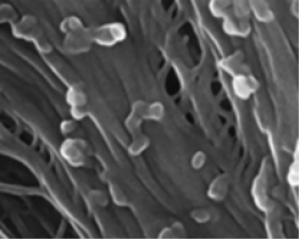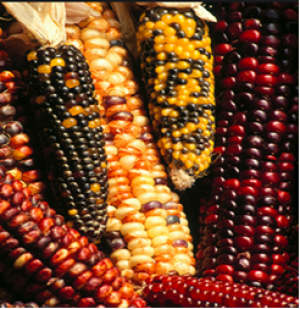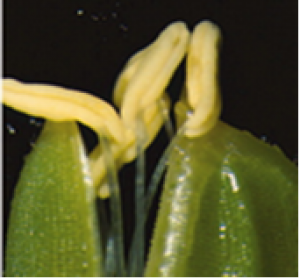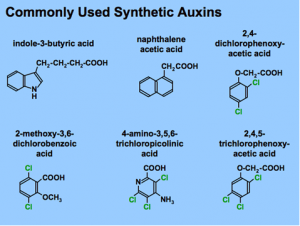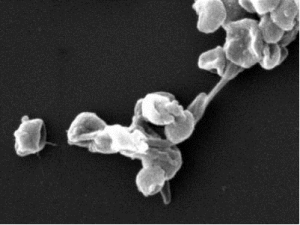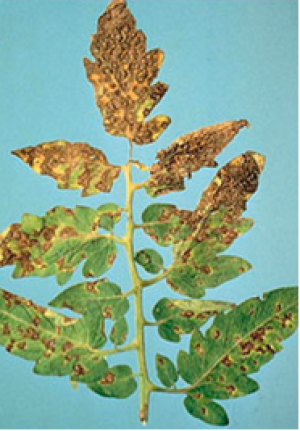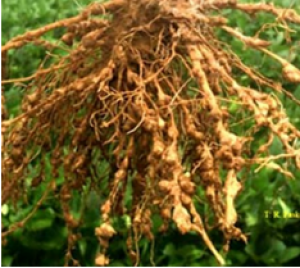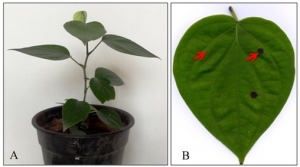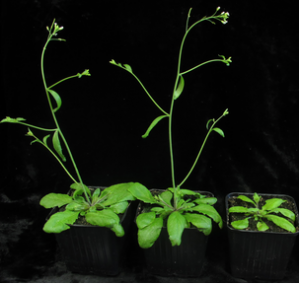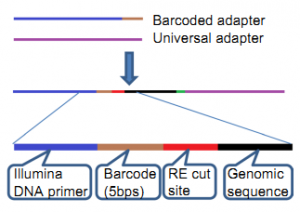|
Toward combined delignification and saccharification of wheat straw by a laccase-containing designer cellulosome
Sunday, 2016/10/02 | 06:11:51
|
|
Lital Davidi, Sarah Moraïs, Lior Artzi, Doriv Knop, Yitzhak Hadar, Yonathan Arfi, and Edward A. Bayer SignificanceLignocellulosic biomass is a potential major resource for renewable energy production. Plant cell-wall deconstruction, however, remains an inefficient process, mainly due to the recalcitrant nature of the lignin and cellulosic components, that requires chemical pretreatment methods prior to degradation. This study aims to overcome this barrier by combining two paradigms into a single system, by using a synthetic biology approach. The designed system integrates an engineered laccase (an oxidizing enzyme that acts on lignin) into a multienzyme cellulosome complex, thereby producing enhanced decomposition of wheat straw. These findings demonstrate the potential of introducing complementary enzymes that fail to occur together in nature into designer cellulosomes for improved lignocellulose conversion. AbstractEfficient breakdown of lignocellulose polymers into simple molecules is a key technological bottleneck limiting the production of plant-derived biofuels and chemicals. In nature, plant biomass degradation is achieved by the action of a wide range of microbial enzymes. In aerobic microorganisms, these enzymes are secreted as discrete elements in contrast to certain anaerobic bacteria, where they are assembled into large multienzyme complexes termed cellulosomes. These complexes allow for very efficient hydrolysis of cellulose and hemicellulose due to the spatial proximity of synergistically acting enzymes and to the limited diffusion of the enzymes and their products. Recently, designer cellulosomes have been developed to incorporate foreign enzymatic activities in cellulosomes so as to enhance lignocellulose hydrolysis further. In this study, we complemented a cellulosome active on cellulose and hemicellulose by addition of an enzyme active on lignin. To do so, we designed a dockerin-fused variant of a recently characterized laccase from the aerobic bacterium Thermobifida fusca. The resultant chimera exhibited activity levels similar to the wild-type enzyme and properly integrated into the designer cellulosome. The resulting complex yielded a twofold increase in the amount of reducing sugars released from wheat straw compared with the same system lacking the laccase. The unorthodox use of aerobic enzymes in designer cellulosome machinery effects simultaneous degradation of the three major components of the plant cell wall (cellulose, hemicellulose, and lignin), paving the way for more efficient lignocellulose conversion into soluble sugars en route to alternative fuels production.
See: http://www.pnas.org/content/113/39/10854.abstract.html?etoc PNAS September 27 2016; vol.113; no.39: 10854–10859
Fig. S1. Comparative xylanase activity of XynT6, Xyn-c, and Xyn-c-Lac on beechwood xylan at 50 °C. The assay was repeated twice, and the error bars indicate the SD from the mean of triplicate samples from one experiment. |
|
|
|
[ Other News ]___________________________________________________
|

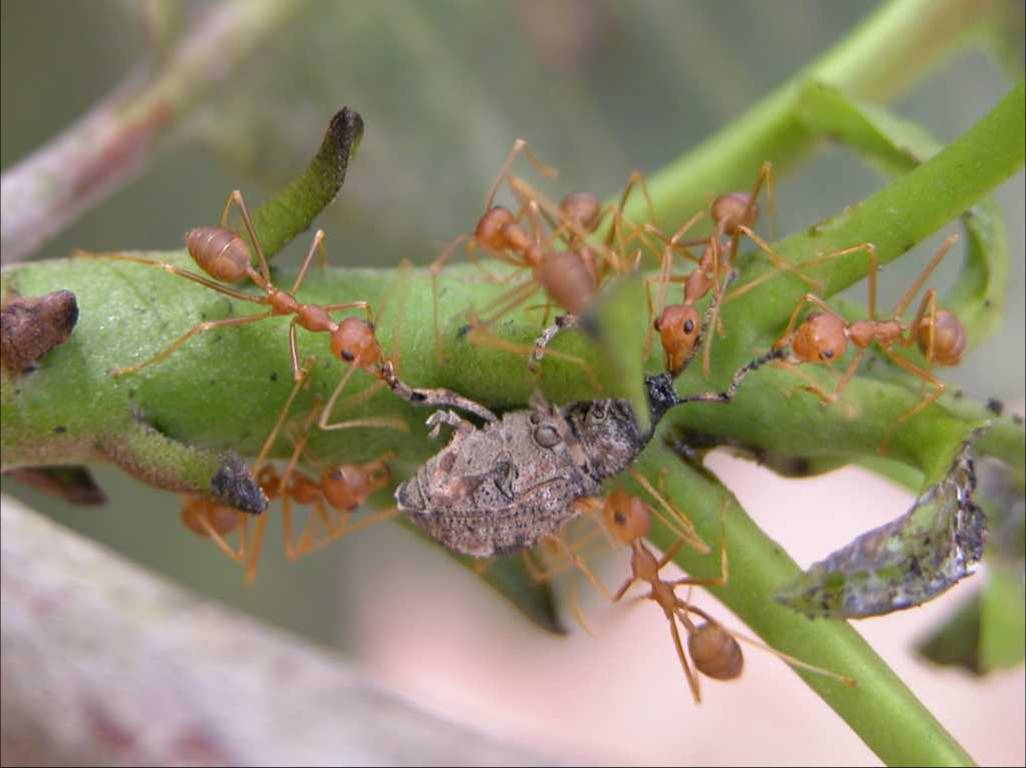
 Curently online :
Curently online :
 Total visitors :
Total visitors :
(15).png)
